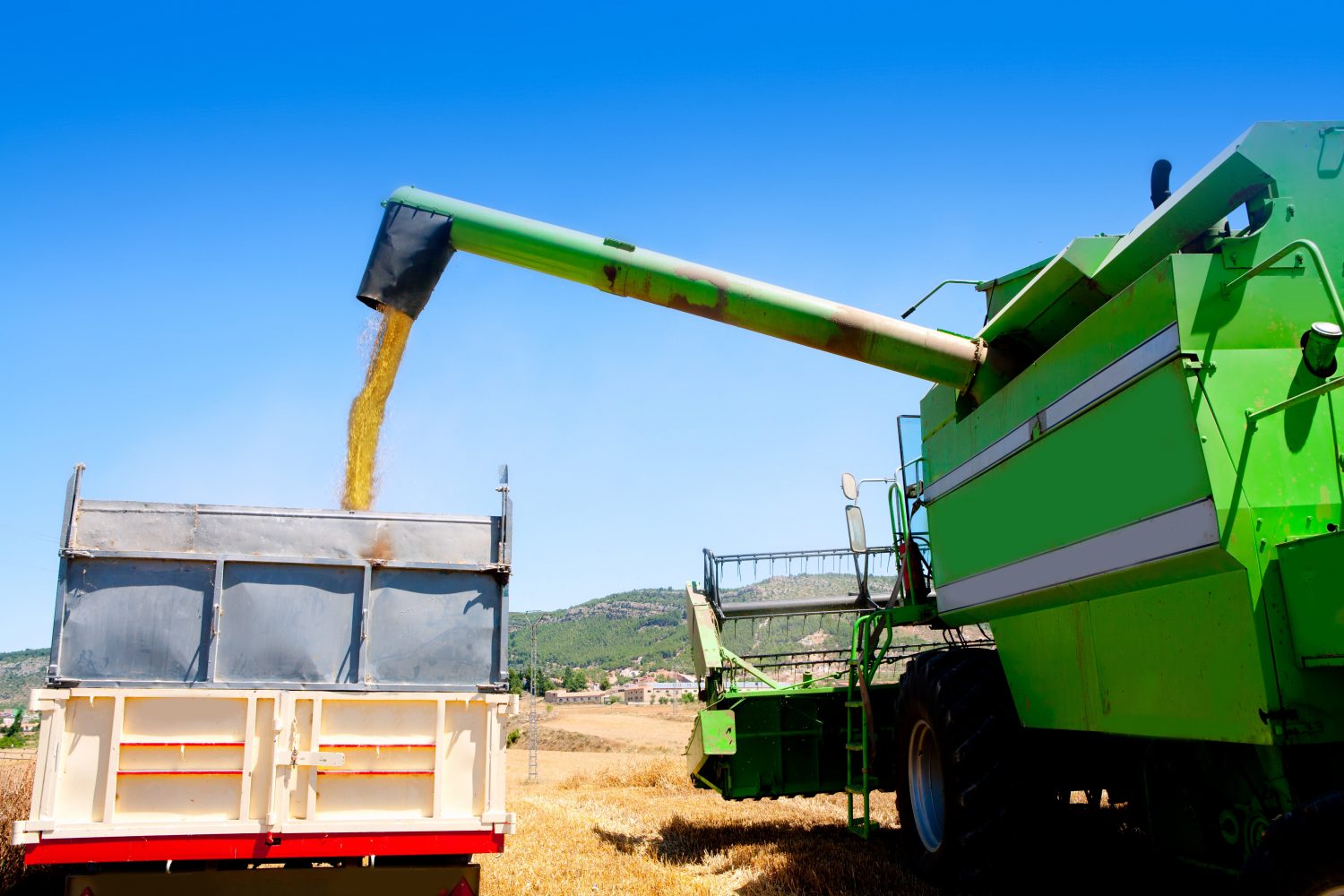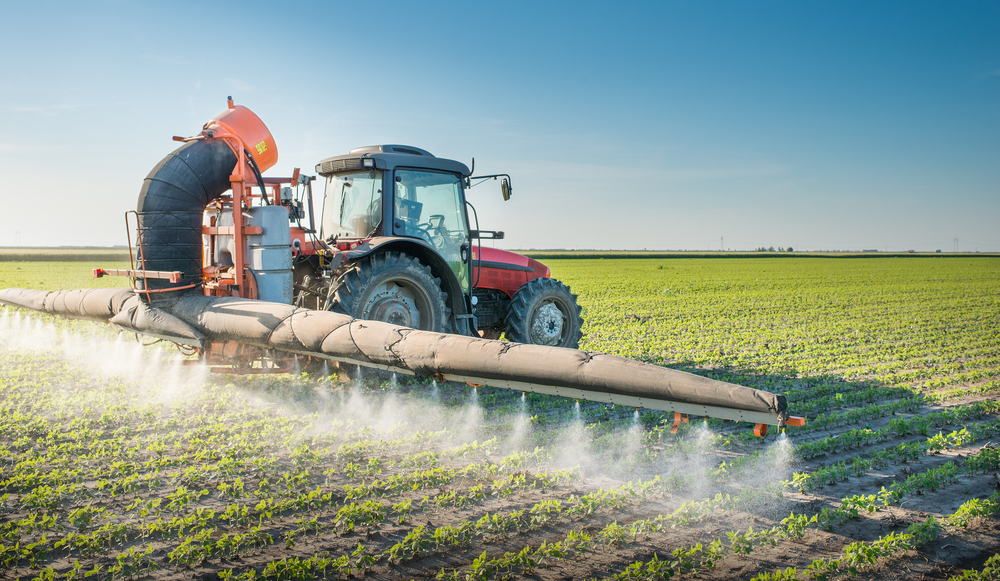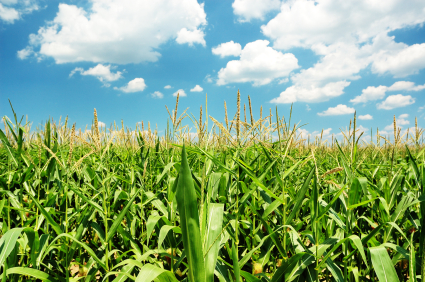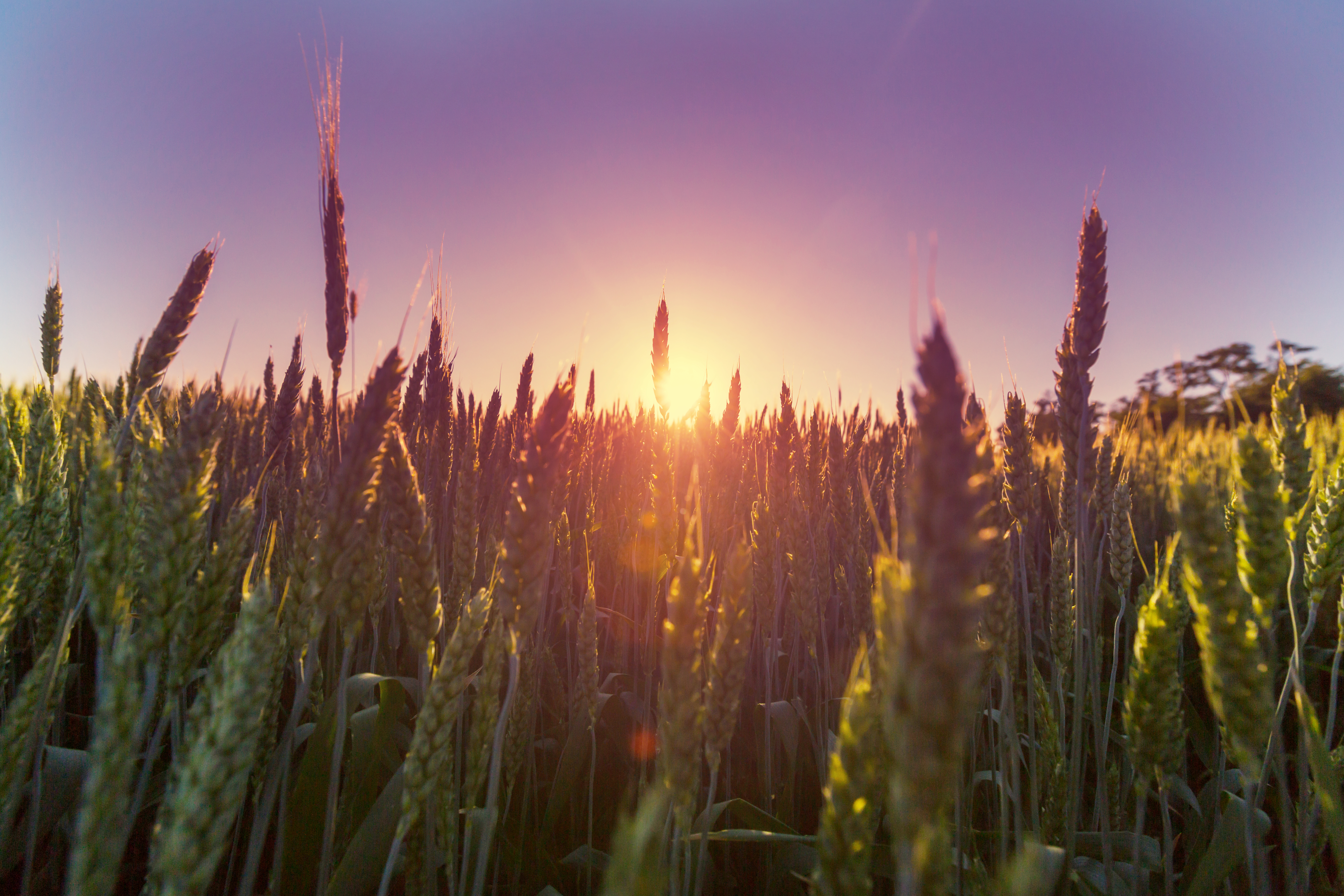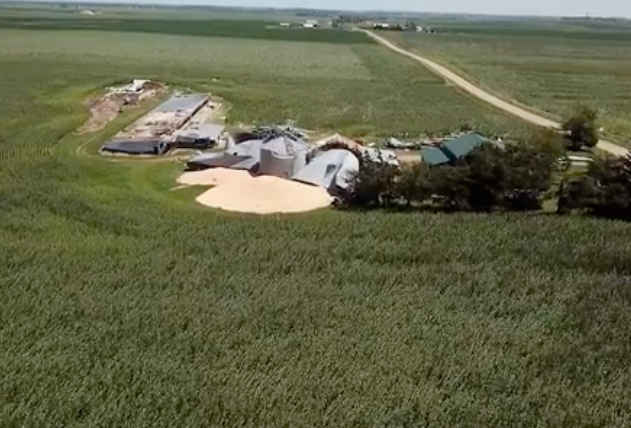Put the Crop Mix Puzzle Together Before 2021
Are your crop plans rock solid, immoveable and destined to never change? Or do you respond to market and cost-saving opportunities? When it comes to selecting your crop mix, how flexible are you?
“Every field needs to have some type of budget so that at the end you can put all of those fields together to get your operation budget,” says Andrew Phillips, Channel seedsman. “That budget allows you to look at your management scheme and know where you can be more aggressive in savings or more aggressive in input purchases.”
If you have flexibility, market opportunities, cost savings and agronomic factors could, and probably should, come into play as you make a game plan for next year’s crop on each field. Examine your situation, understand your budget and make decisions on a field-by-field basis.
Balance budgets and markets
Take a look at your bottom line—and understand how yield and profit potential varies by crop. In addition, pay attention to what the markets are doing now and if you can lock in any prices even before seed hits the soil.
“I’m in a heavier corn-on-corn area and it’s often hard to break that cycle,” says Adam Mayer, Golden Harvest agronomist. “A lot of times the economics don’t allow that, but this year it looks like the soybean crop could provide good opportunities.”
Switching crops comes with new considerations. If you’re switching from continuous corn to soybeans, there could be savings in terms of fungicides and insecticides, though herbicides will likely be the same or slightly higher cost than in corn, Mayer explains.
However, if either corn or soybean markets or opportunities seem appealing enough that you repeat the same crop two years in a row, you could see new pressures. Plan for potential for increased insect pressures such as corn rootworm and the potential for higher rates of diseases such Sudden Death Syndrome and Brown Stem Rot.
Consider the environment
In many cases, the weather and fertility situation in which you find yourself can go hand-in-hand with the agronomic factors that weigh on your crop decision. If you’re low on moisture, you might need to look for seed genetics with moisture flexibility. At the same time, you need to consider disease and trait packages.
“Try to build a plan that covers every single base from fertility to seed selection,” says Phillips. “For example, in some areas we know we’re headed into a season that we don’t have adequate soil moisture—you can make revisions based on that.”
If you have heavy insect pressures in corn, or high weed pressure in soybeans, be sure to consider those factors when making your rotation decisions. Everything – weather, markets, budget, field history and input prices – all work together to inform your annual crop decision.

